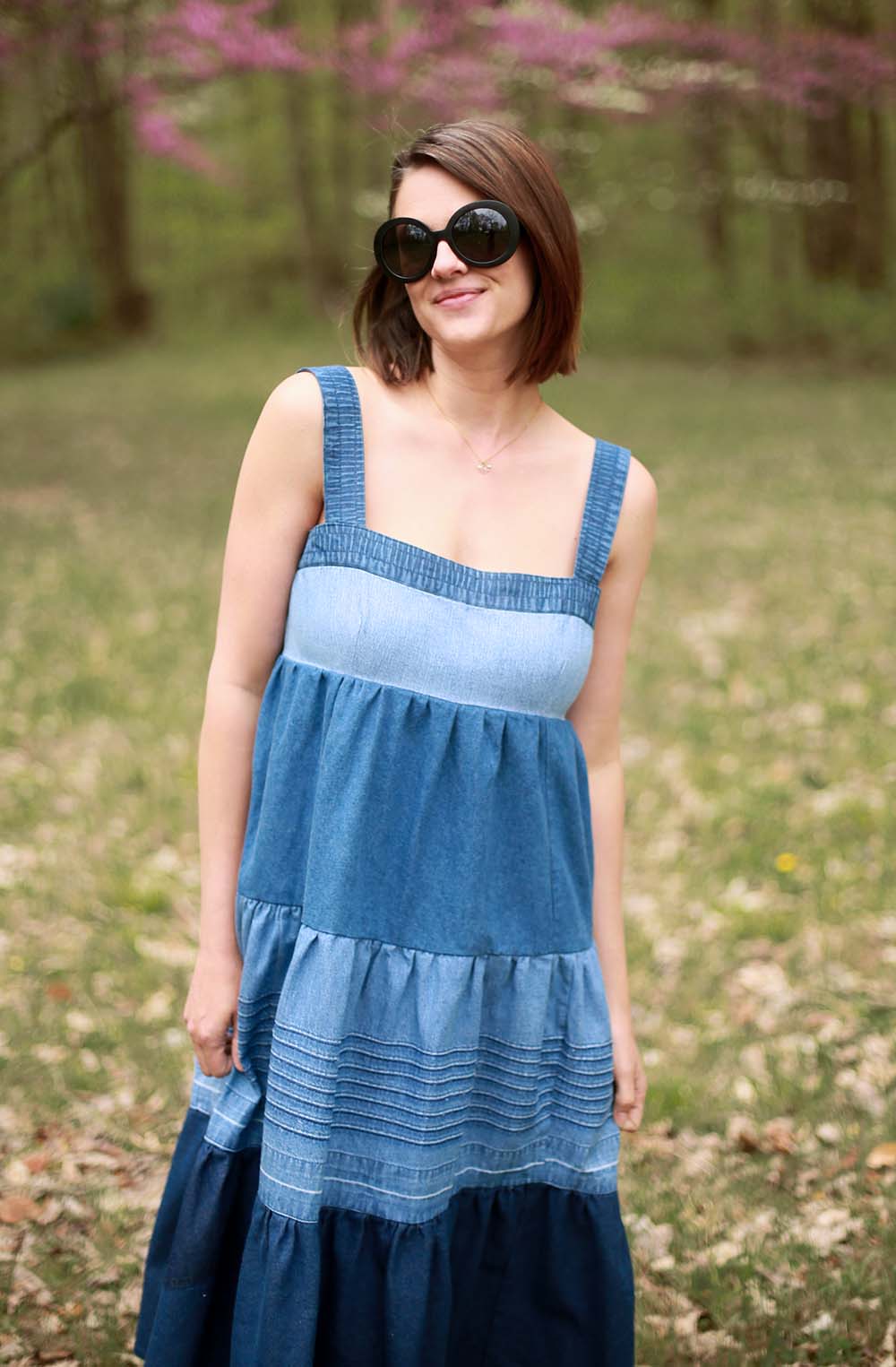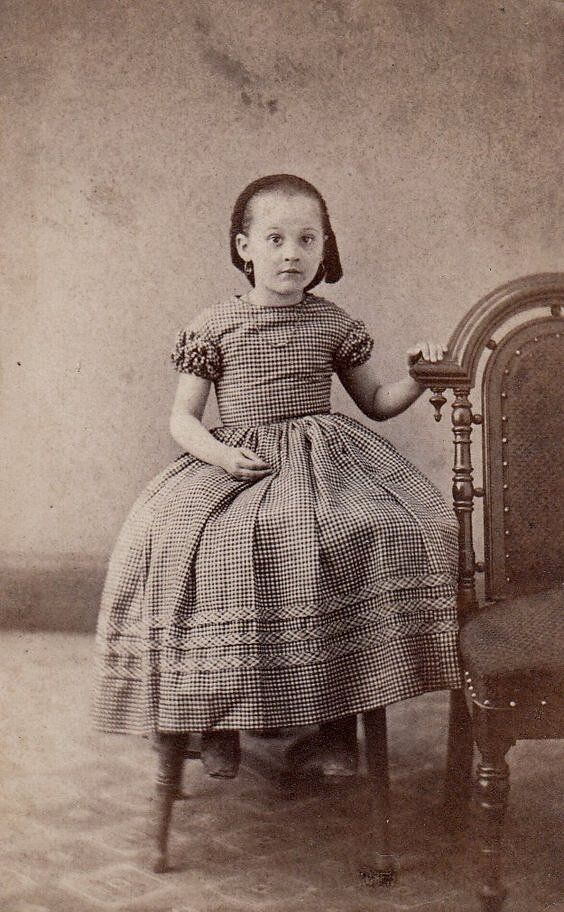The Kirsten Project | Girls’ Dresses of the Mid 19th Century
/In the late 1820s, women’s fashion shifted from the once high empire waistlines (think Jane Austen era) back down to the natural position. From then until the 1860s, details like sleeves and necklines morph and change, but not as drastically as before or after that time period. A small waist and a wide skirt are the hallmarks of the better part of the 19th century. For children and young teens, one of the popular dress silhouettes we see relatively unchanged from 1820-1870 is the open neck, short sleeve, knee length dress as shown above and below.
It makes sense that if I dress isn’t threadbare by the time the wearer outgrows it, it would be passed on to a younger child. Our ancestors were pretty good at making precious clothing last and unlike today, nothing was disposable. Even the most ratty fabric could be recycled and sold to the Rag and Bone man, who would in turn sell it to a factory to be remade into new (albeit low quality) fabric, called shoddy.
So while women’s sleeves, waist shapes (flat versus pointed) and necklines shift, we see at least one girl’s silhouette remain relatively static. This style of dress, characterized below, is what I imagine a historical version of Kirsten’s birthday dress might be:
Wide Neckline
Gathered Bodice into Waistband
Short Sleeves
Knee to Mid Calf Length Hem
I have seen examples of this style of dress worn plain or layered over a undersleeves with a chemisette or a blouse. Sometimes the pantelettes are matching, but primarily they are white. Accessories like lace gloves appear on upper class children.
It should be mentioned that this isn’t the only girls’ dress silhouette of the mid 19th century, but it is very common. For my costume, I’ve chosen an adult silhouette that echos some of these style details (here’s an early sketch!) Do you see something in these images that reminds you of Kirsten’s birthday dress?


























